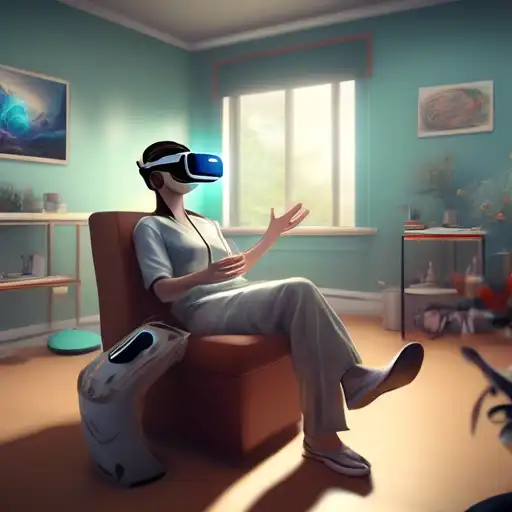The Transformative Power of Virtual Reality in Therapeutic Practices
Virtual Reality (VR) technology has transcended its initial entertainment purposes, paving the way for groundbreaking applications in therapy. This immersive technology is now being leveraged to treat a variety of psychological and physical conditions, offering patients a safe and controlled environment for healing and recovery.
Understanding VR Therapy
VR therapy involves the use of virtual reality simulations to create immersive experiences that can help individuals confront and overcome their fears, anxieties, and other mental health challenges. By simulating real-world environments, VR allows therapists to control the intensity of the exposure, making it a powerful tool for gradual desensitization.
Applications of VR in Therapy
The applications of VR in therapy are vast and varied. Here are some of the most notable uses:
- Exposure Therapy: VR is extensively used in exposure therapy, helping individuals face their fears in a safe environment. This is particularly effective for treating phobias, PTSD, and anxiety disorders.
- Pain Management: VR has shown promising results in pain management, distracting patients during painful procedures or helping them manage chronic pain through immersive experiences.
- Rehabilitation: For physical rehabilitation, VR can simulate real-life activities, aiding in the recovery of motor skills and coordination after injuries or strokes.
- Social Skills Training: Individuals with autism or social anxiety can benefit from VR simulations that teach and reinforce social interactions in a controlled setting.
The Benefits of VR Therapy
VR therapy offers several advantages over traditional therapy methods. It provides a safe space for patients to confront their issues without real-world consequences. Additionally, VR therapy can be more engaging and motivating for patients, leading to higher compliance and better outcomes.
Challenges and Considerations
Despite its potential, VR therapy is not without challenges. The cost of VR equipment and the need for specialized training for therapists can be barriers to widespread adoption. Moreover, the effectiveness of VR therapy can vary depending on the individual and the condition being treated.
Future Directions
As VR technology continues to evolve, its applications in therapy are expected to expand. Researchers are exploring the use of VR for treating a wider range of conditions, including depression and eating disorders. The integration of AI and VR could further personalize therapy, making it more effective for individual needs.
In conclusion, VR is revolutionizing the field of therapy, offering innovative solutions to traditional treatment challenges. Its ability to create immersive, controlled environments makes it a valuable tool for therapists and patients alike. As technology advances, the potential for VR in therapy is limitless, promising a future where healing is more accessible, effective, and engaging.
